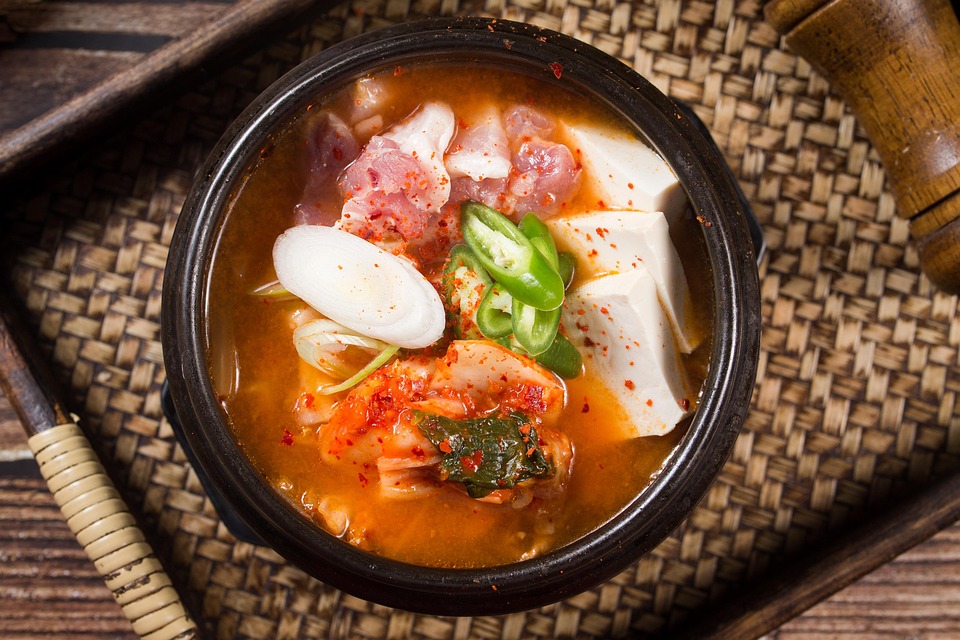Welcome to the world of savory delights, where each bite sings with a chorus of flavors, aromas, and textures. Whether you’re a culinary novice or a seasoned chef, exploring the vast landscape of savory dishes can elevate your cooking game, tantalize your taste buds, and impress friends and family alike. In this ultimate guide, we’ll journey through the essentials of creating flavor-packed meals that will transport you straight to culinary bliss.
Understanding Savory
Savory refers to the flavor profile that includes elements of umami, the rich and complex taste that often evokes feelings of comfort and satisfaction. Foods that are considered savory often include meats, cheeses, mushrooms, and seasonings that enhance depth and richness. The balance of salty, spicy, tangy, and sweet notes contributes to the savory experience.
The Umami Factor
At the heart of many savory dishes is umami, often described as the “fifth taste.” Ingredients that are rich in umami include:
- Mushrooms: Especially shiitake and portobello.
- Tomatoes: Sun-dried or roasted for a concentrated flavor.
- Aged Cheeses: Parmesan and Gruyère add depth to dishes.
- Fermented Products: Soy sauce, miso, and fish sauce bring complexity.
- Meats: Braised or grilled meats yield rich flavors.
Understanding umami and how to balance it with other tastes can transform your cooking and enhance your dishes.
Flavor-Packed Ingredients
To create savory heaven on your plate, gather a selection of flavor-packed ingredients. Here’s a rundown of staples that can elevate your culinary creations:
Aromatics
- Garlic: A staple in kitchens around the world, garlic adds a sweet and pungent flavor when sautéed.
- Onions: Whether caramelized for sweetness or used raw for bite, onions are foundational.
- Herbs: Fresh basil, thyme, rosemary, and parsley can brighten up savory dishes.
Proteins
- Chicken: Versatile and easy to flavor with marinades and seasonings.
- Pork: From tenderloin to pancetta, pork offers a range of flavors.
- Beans and Lentils: Great plant-based proteins that absorb flavors beautifully.
Spices
- Paprika and Smoked Paprika: Add warmth and a hint of smokiness.
- Cumin and Coriander: Essential in many cuisines for their earthy, warm notes.
- Chili Powder and Cayenne: For a kick of heat, which pairs wonderfully with savory elements.
Techniques for Flavor Development
How you cook can make a significant difference in the flavor of your dishes. Here are some key techniques to master:
Searing
Searing proteins in a hot pan caramelizes their exterior, creating depth through the Maillard reaction. This method intensifies the flavors and creates a delicious crust.
Braising
Slow-cooking meats or vegetables in a flavorful liquid allows them to absorb and develop rich flavors over time. Think coq au vin or beef bourguignon.
Roasting
Roasting vegetables and meats enhances their natural sweetness while adding a rich, complex flavor. Consider roasted root vegetables or a whole roasted chicken.
Building Layers of Flavor
Start with aromatics, then add proteins, followed by spices and liquids for stews and sauces. This layering technique creates a harmonious balance that is the hallmark of savory dishes.
Savory Dish Inspirations
Here are a few recipes that embody savory heaven:
1. Savory Mushroom Risotto
Creamy Arborio rice combined with sautéed mushrooms, garlic, and finished with parmesan cheese creates a comforting and satisfying dish. Add fresh herbs for a bright finish.
2. Braised Short Ribs
Slow-cooked in red wine and broth, these short ribs become melt-in-your-mouth tender. Serve with creamy polenta or mashed potatoes for a complete meal.
3. Spicy Chickpea Stew
Utilizing canned chickpeas, tomatoes, and a blend of spices, this hearty stew is rich in flavor and can be served with crusty bread or over rice.
4. Stuffed Bell Peppers
Fill bell peppers with seasoned ground meat, rice, and herbs, then bake until tender. The sweet and savory combination makes for a festive, colorful dish.
5. Savory Vegetable Frittata
Perfect for breakfast or brunch, a combination of sautéed vegetables, eggs, and cheese creates a flavorful and filling dish that celebrates fresh ingredients.
Conclusion
Embarking on your journey into savory heaven opens up a world of possibilities in the kitchen. By understanding the balance of flavors and mastering cooking techniques, you can create memorable dishes that not only satisfy hunger but also ignite a passion for cooking. Whether you’re hosting a dinner party or enjoying a quiet night in, these flavor-packed dishes will ensure that every meal is a celebration. Welcome to your savory adventure!



